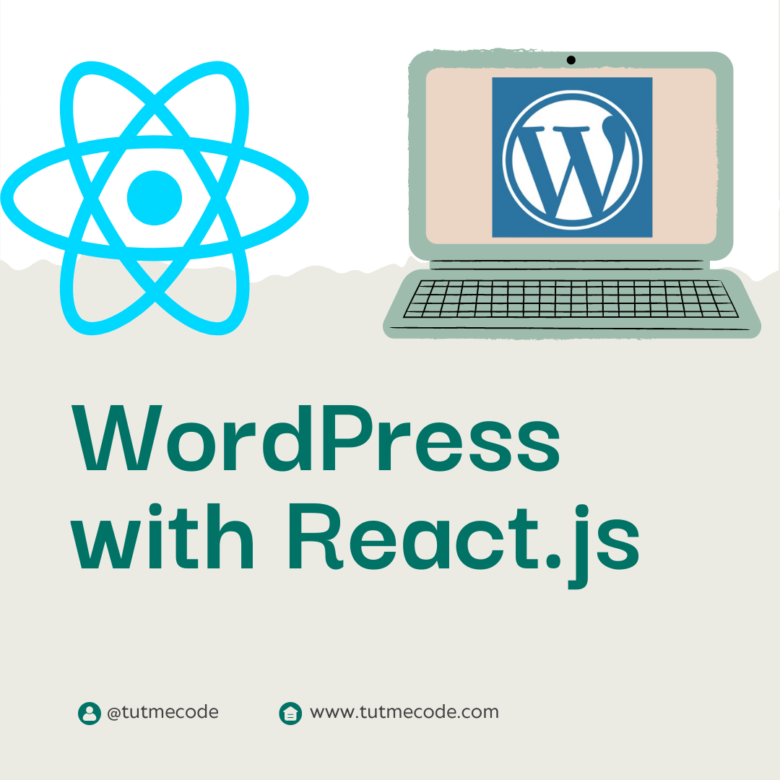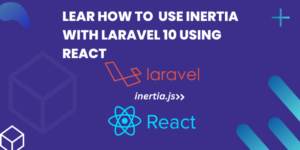With the growing popularity of React and the widespread use of WordPress, the need for combining the power of both technologies has become increasingly evident. In this article, we will explore how to create a React WordPress theme from scratch. We’ll cover the necessary tools, and project structure, and provide practical examples to help you get started.
- Setting Up the Development Environment
Before diving into theme development, ensure you have a local WordPress installation and a basic understanding of React. To set up your development environment, follow these steps.
- Install Node.js and npm: Ensure you have Node.js installed, which includes npm (Node Package Manager). You can download and install Node.js from the official website.
- Create a New WordPress Theme: Create a new folder within the WordPress themes directory and give it a suitable name for your theme.
- Initialize a React App: Within the theme folder, open a terminal or command prompt and run the following command.
npx create-react-app my-theme
This command sets up a new React project named “my-theme” inside the theme folder.
- Theme Structure and File Organization
a. To build a well-structured React WordPress theme, follow this recommended file organization
- components: Store reusable React components here.
- pages: Create individual page components here.
- assets: Place static assets such as images, stylesheets, and fonts here.
- App.js: The entry point of your React application.
- index.js: Renders the React app into the DOM.
b. public folder: Place files that will be publicly accessible, such as HTML templates and image files.
- Integrating React with WordPress
To integrate React into your WordPress theme, follow these steps
a. Enqueue React Scripts:
Open the functions.php file in your theme’s directory and add the following code to enqueue React and your theme’s JavaScript file
function enqueue_react_scripts() {
wp_enqueue_script('my-theme-js', get_template_directory_uri() . '/build/static/js/main.js', array('wp-element'), '1.0', true);
}
add_action('wp_enqueue_scripts', 'enqueue_react_scripts');
b. Render React App:
In the index.php file within your theme’s directory, add the following code to render the React app
<div id="root"></div>
<script>
document.addEventListener('DOMContentLoaded', function () {
ReactDOM.render(React.createElement(App), document.getElementById('root'));
});
</script>
- Creating React Components.
Now, let’s create React components that will define the structure and functionality of your WordPress theme. Here are a few examples:
a. Header Component:
Create a Header.js file within the components folder. This component will display the site’s header
import React from 'react';
const Header = () => {
return (
<header>
<h1>My React WordPress Theme</h1>
</header>
);
}
export default Header;
b. Home Page Component:
Create a Home.js file within the pages folder. This component will represent the home page of your theme.
import React from 'react';
const Home = () => {
return (
<div>
<h2>Welcome to My Theme!</h2>
<p>This is the home page of my React WordPress theme.</p>
</div>
);
}
export default Home;
- Customizing the Theme
To customize your theme further, you can utilize WordPress functions, hooks, and APIs within your React components. For instance, you can fetch posts from the WordPress REST API and display them using React components.
Conclusion
In this article, we explored the process of creating a React WordPress theme from scratch. We covered setting up the development environment, creating a well-organized file structure, integrating React with WordPress, and creating React components. With these foundations, you can now extend the functionality and design of your theme according to your specific requirements. Remember to continually explore and experiment to unleash the full potential of React and WordPress in building dynamic and engaging websites.Use A2 Optimized WordPress Hosting




